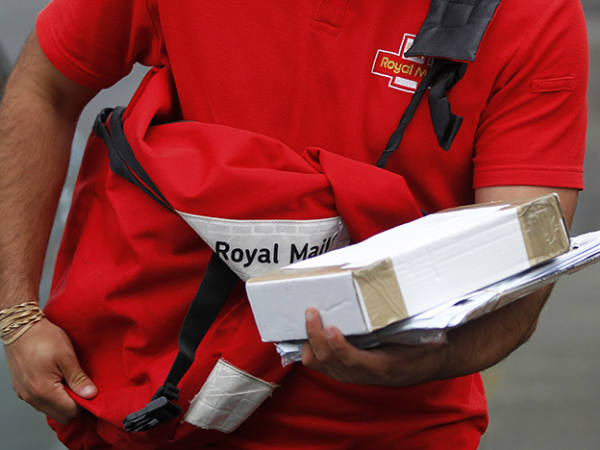True, even now football and statistics don't make easy companions. I mean, you can hardly imagine Gary Lineker opening Match of the Day with the breathless observation that the goals scored that afternoon followed a Poisson distribution. Nor is it any more likely you'll hear Robbie Savage discussing a regression analysis of ball possession to points won among England's Premier League sides. Despite that, combine the humongous resources available to Europe's top clubs with the intense competition between them, and it's only logical they should turn to stats to find an edge.
One major finding that 'analytics' has uncovered explains why Real Madrid, the world's wealthiest football club, is usually less successful than it should be - its team has too many weak links. This can be distilled to the generic proposition that, in order to improve its performance, a team should aim to axe its weakest players before it spends expensively on superstars.
What actually happens - and not just at Real Madrid - is the opposite. But, more relevant, this proposition has a clear application in investing. Investors - much like the fans, pundits and coaches in football - spend too much time and energy looking for the next great acquisition that will transform their portfolio's performance and too little time assessing the weaklings already there.
Still, let's firm up the proposition because, for many, it will seem counter-intuitive, even though for statisticians it may appear so trivially obvious it's hardly worth bothering to prove. It's counter-intuitive because the price of a stock can clearly rise more than 100 per cent, but it can only ever fall by that percentage. So, assuming roughly equal amounts invested, if I find a winner whose price will quadruple in a year, that has to be better than ditching a loser whose price can't drop more than 100 per cent.
True enough, but that's the sort of wishful thinking that persuaded successive bosses of Liverpool football club to spend £60m in aggregate on El Hadji Diouf, Andy Carroll and Mario Balotelli, overrated strikers whose combined contributions for the team worked out at £6m per goal. The point is that first of all you have to find your star stock, yet its excess performance can't be known in advance. Meanwhile, all the trouble that you will have in your portfolio is almost certainly already there.
To demonstrate this, I have put together a portfolio of 11 randomly-selected stocks - could it be any other number? - all of which have a London listing. The only qualification was that each needed price history dating back at least to the end of 2011. Full details of the components and their performance is shown in the
. But the important stats are in the table below. These show the year-on-year performance for 2012, 2013, 2014 and for the three years 2011-14. The assumptions are that each investment period is discrete, that there is an equal weighting in each stock and that dividends are excluded from calculating performance.
Drop the donkey
| (% change) | 2012 | 2013 | 2014 | 2011-14 |
|---|---|---|---|---|
| Average performance | 14 | 74 | -7 | 97 |
| Excluding best performer | 9 | 41 | -12 | 43 |
| Excluding worst performer | 20 | 81 | -3 | 111 |
In a way, the table is a statement of the obvious - performance must be improved if the best is included and the worst is excluded. But the important point is that this improvement is achieved by the removal of a laggard that's already there and not by the introduction of something new into the mix. So, for example, 2012's performance surged because Hornby (HRN), whose price fell 47 per cent that year, is removed from the calculation.
Another important point is that this exercise illustrates the value of running winning stocks. This is an investment truism that happens to work. For instance, the rather amazing 74 per cent gain for the portfolio in 2013 owed most to the quadrupling of the share price of Ocado (OCDO) that year. Sure, in advance there was little indication that would happen. What it means is that an investor is often relying on the serendipity of having a winner already in the portfolio.
If that holds good, there is no escaping a related consequence - that it is very difficult to identify the losers in advance. If that's so then how, exactly, does an investor exclude the worst performer from the portfolio? Good question. Yet it must be more likely that an investor can spot a piece of junk within a collection of 11 stocks than dig out a jewel hidden among the 1,600 UK companies quoted in London. After all, which is easier, assessing 11 stocks or 1,600? The trouble is, it may be less fun. Trawling in the hope of catching the investment equivalent of Gareth Bale or Luiz Suárez has to be more entertaining than dealing with the donkey already there. That's the mistake countless investors make.











